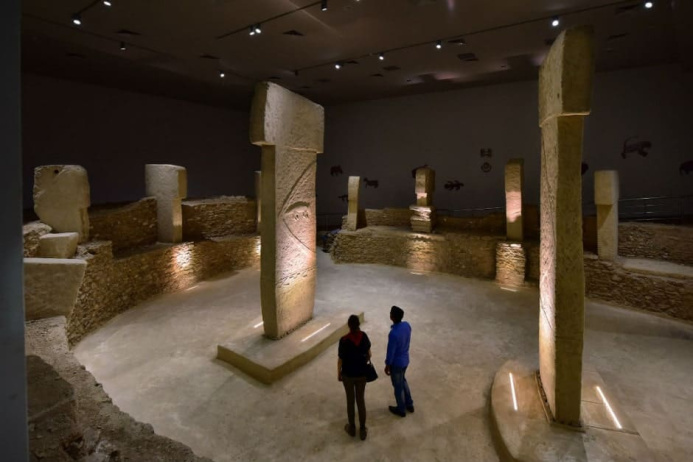Göbekli Tepe: The Oldest Traces of Civilization in Southeastern Türkiye
28.10.2025 | 11:00 |In the Şanlıurfa province, located in southeastern Anatolia, archaeological research continues under the "Taş Tepeler" ("Stone Hills") project, which covers some of the oldest Neolithic sites, including Göbekli Tepe and Karahan-Tepe. The work is conducted under the auspices of the Ministry of Culture and Tourism of the Republic of Türkiye.

The project aims to study areas where scholars believe key changes in human history occurred, including the transition to a settled way of life. Ten archaeological sites are being investigated as part of the program, including Göbekli Tepe, Karahan-Tepe, Sayburç, Sefer-Tepe, Harbetsuvan-Tepe, Gürcütepe, Çakmaktepe, Yeni-Mahalle, and Söğüt-Tarlas.

One of the main discoveries this year is a T-shaped stone pillar with a human face found at Karahan-Tepe. This is the first realistic depiction of a human in Neolithic art, with clearly carved eyes and a nose. Previously, similar pillars only featured images of hands and forearms.

Archaeologists also reported the discovery of the world’s oldest three-dimensional mythological scene, found in a layer of red soil. The artifacts, arranged in a precise order, indicate the advanced symbolic thinking of ancient people.

The central monument of the region remains Göbekli Tepe, which is listed as a UNESCO World Heritage site. It features tall T-shaped pillars, a statue of a wild boar, and wall depictions of humans dating back to the Neolithic era.

In Şanlıurfa, tourists can visit Türkiye’s largest museum complex — the Şanlıurfa Museum and the Halplibahçe Mosaic Museum, where exhibits are displayed chronologically from the Bronze Age to the present.


The Şanlıurfa region is also known for its cultural and architectural landmarks, including the sacred Balıklıgöl Lake and the domed houses of Harran. The tourist experience is complemented by local cuisine, including traditional dishes such as “fried lamb liver” and the highly regarded “çiğ köfte.”













